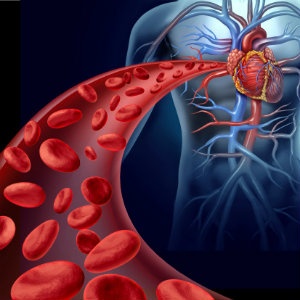Trial Evaluates Impact of Access Blood Flow Surveillance on Reduction of Thrombosis in Arteriovenous Fistulas
 Clinicians from the Hospital Infanta Sofía, Madrid, Spain, undertook a three-year follow-up multicenter, prospective, open-label, controlled RCT to determine the impact of access blood flow surveillance in AV fistulas.
Clinicians from the Hospital Infanta Sofía, Madrid, Spain, undertook a three-year follow-up multicenter, prospective, open-label, controlled RCT to determine the impact of access blood flow surveillance in AV fistulas.
The group acknowledged at the outset that surveillance remains controversial because randomized RCTs failed to consistently demonstrate the benefits of flow-based surveillance even though vascular access clinical guidelines recommend monitoring and surveillance protocols to prevent vascular access thrombosis.
For their study they used a prevalent hemodialysis population with native arteriovenous fistulas (AVF). Classic monitoring and surveillance using Doppler ultrasound and ultrasound (Indicator) dilution were applied to all 98 patients in the experimental group (surveillance group) and the 98 patients that constituted the control group (no surveillance).
- Doppler ultrasound and ultrasound dilution surveillance were performed on patients the surveillance group every three months.
- When flow was ≤ 500 ml/min, there is a 25% decrease in QA or a hemodynamically significant stenosis, a patient was referred for fistulography, surgery or close clinical observation.
- The thrombosis rate, assisted primary patency rate, primary patency rate and secondary patency rate were also measured.
They found that:
- There was a significant reduction in thrombosis rate after one year with the surveillance group exhibiting 0.022 thrombosis/patient/year while the control group exhibited 0.099 thrombosis/patient/year.
- The assisted primary patency rate was significantly higher in the surveillance group than in control AVF.
- In the surveillance group, the number of those undergoing angioplasty and surgery were higher but with no significant difference in non-assisted primary patency rate.
- There was no significant difference in the non-assisted primary patency rates between the two groups.
- Finally, there was non-significant improvement in the secondary patency rate in the surveillance group.
The clinicians concluded that, after one-year follow-up, there is a reduction in the rate of thrombosis coupled with an increased assisted AV fistula patency rate when surveillance is undertaken with a combination of Doppler ultrasound and ultrasound dilution methods.




